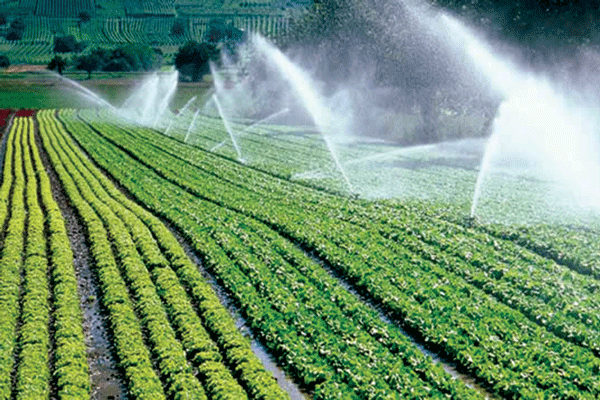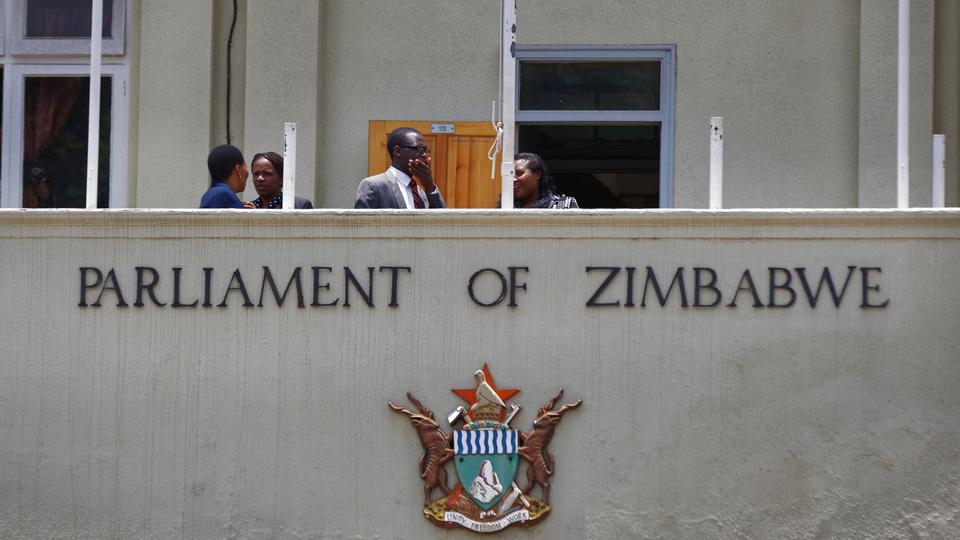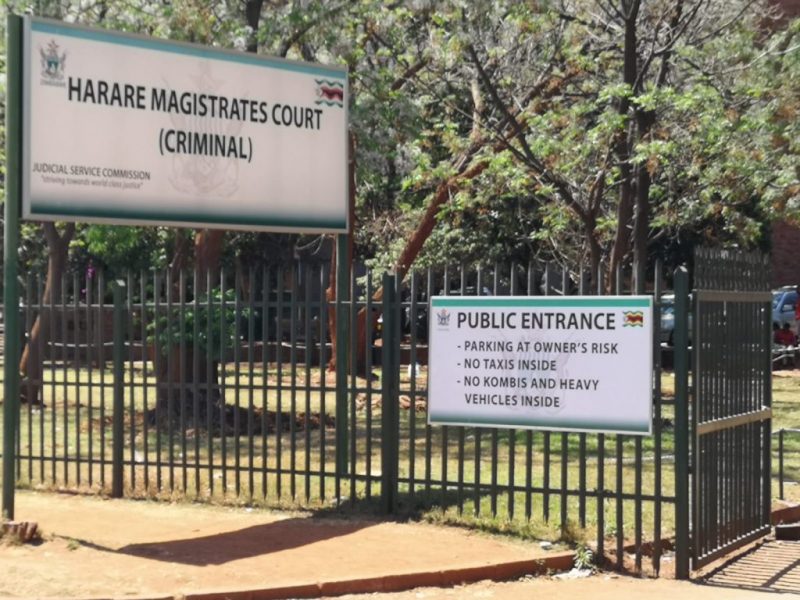
BY TATIRA ZWINOIRA
ZIMBABWE’S agricultural sector loses US$126 million per annum due to production risks largely associated with drought and other weather-related events, a World Bank report has revealed.
Agriculture plays a key role in the southern African nation, contributing 11% to the total gross domestic product (GDP) and is the main source of livelihood for around 67% of the country’s population. But the World Bank in its report titled Zimbabwe: Agriculture Sector Disaster Risk Assessment said Zimbabwe could actually benefit more if production risks were better managed.
“Zimbabwe loses approximately US$126 million each year on average due to production risks that could be better managed. These losses represent 7,3% of agricultural GDP,” read the report.
“The most important agricultural risk in Zimbabwe is drought. It affects agricultural production and food security… Increasingly frequent and severe droughts in southern and western Zimbabwe are making these areas unsuitable for rain-fed maize production, highlighting the need to reconsider the boundaries and crop suitability patterns established for Zimbabwe’s agro-ecological zones.”
The report found that losses in years when production risks are high can escalate to virtually catastrophic levels.
“For example, losses in the drought year of 2001 were estimated at US$321 million, and in 2008, when agriculture was seriously affected by drought and financial restrictions, losses escalated to US$513 million,” the World Bank report read.
“In summary, Zimbabwe should start transitioning away from its current reactive strategy for managing disaster and agricultural risks and move toward a proactive integrated risk management strategy that combines improvements for managing risk at the farm level, risk transfer mechanisms and effective catastrophic risk management strategy”.
- Chamisa under fire over US$120K donation
- Mavhunga puts DeMbare into Chibuku quarterfinals
- Pension funds bet on Cabora Bassa oilfields
- Councils defy govt fire tender directive
Keep Reading
In the current 2018/19 season, drought conditions have persisted in most parts of the country resultantly increasing the proportion of temporarily and permanently wilted crops.
The agricultural commodities affected by these drought-like conditions were maize, wheat, small grains (millet and sorghum), groundnuts, and beans — including export and cash crops (mainly tobacco, cotton, sugarcane, and horticultural crops), according to the World Bank report.
These drought-like conditions have particularly been true in the typically dry southern, eastern, western and extreme northern parts of Zimbabwe.
According to the integrated food security phase classification, a multi-partner initiative for improving food security and nutrition analysis and decision-making, 2,8 million rural citizens are food insecure.











